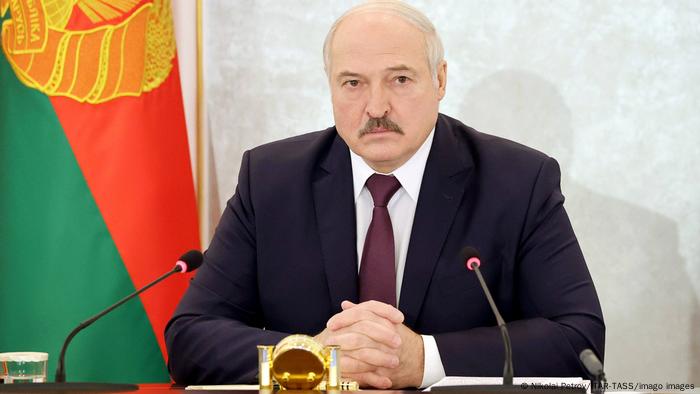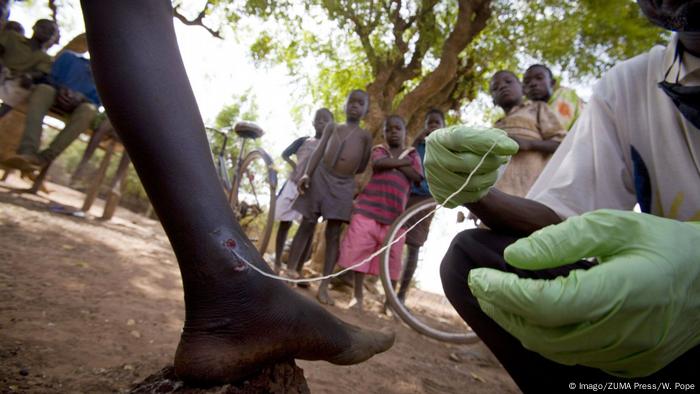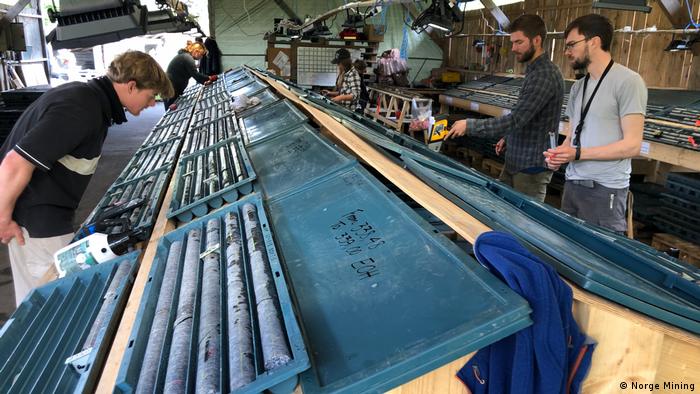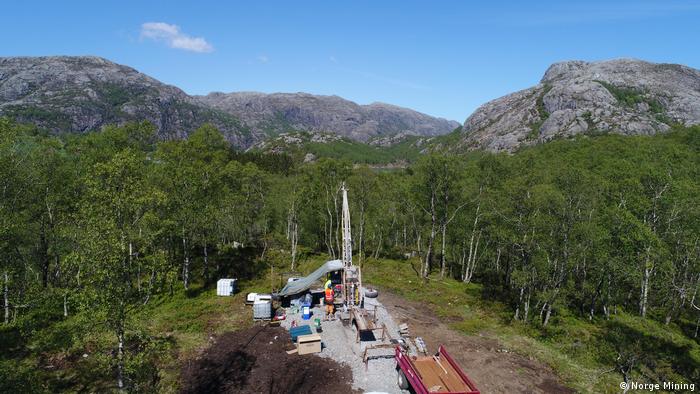
© Provided by Edmonton Journal Alberta's Leader of the Opposition Rachel Notley speaks to reporters outside the McDougall Centre. Monday, Jan. 18, 2021.
PHOTO BY BRENDAN MILLER/POSTMEDIA
Alberta needs to take better advantage of global investment in renewables and clean tech if it wants to continue to be an energy leader, NDP Leader Rachel Notley says.
In an address to the Edmonton Chamber of Commerce on Tuesday, Notley pointed to U.S. President Joe Biden’s revocation of the Keystone XL permit last week as proof the province needs to be more aggressive in its economic diversification plans, including in petrochemicals and recycling.
“We need to take control of our own destiny, and not tie our fortunes to projects outside our jurisdiction, subject to another nation’s politics,” she said.
Notley said setting the agenda as a global energy superpower is Alberta’s “birthright,” and that the oil and gas sector will continue to have a place in the province’s economy for decades to come.
But it is undergoing an unprecedented restructuring, she said, referring to the recent merger of Cenovus and Husky and subsequent layoff of thousands of workers.
“We have to recognize where the world’s going, and we must move with it,” said Notley.
In a press conference following her address, Notley said the energy industry is becoming more efficient, so even when prices recover, the industry won’t be the same as it was before.
“Which is why it’s so critically important that this government make their front-and-centre daily focus on how we diversify the economy,” she said.
Notley’s speech, her first since she was premier in 2019, also touched on jobs, highlighting the importance of local competitiveness, post-secondaries, working conditions and quality of life.
Taking questions from chamber members, otley said despite the province’s need to revisit its finances, a sales tax in Alberta should not be introduced in the short-to-medium termN — a position she shares with Premier Jason Kenney and Finance Minister Travis Toews.
Alberta needs to take better advantage of global investment in renewables and clean tech if it wants to continue to be an energy leader, NDP Leader Rachel Notley says.
In an address to the Edmonton Chamber of Commerce on Tuesday, Notley pointed to U.S. President Joe Biden’s revocation of the Keystone XL permit last week as proof the province needs to be more aggressive in its economic diversification plans, including in petrochemicals and recycling.
“We need to take control of our own destiny, and not tie our fortunes to projects outside our jurisdiction, subject to another nation’s politics,” she said.
Notley said setting the agenda as a global energy superpower is Alberta’s “birthright,” and that the oil and gas sector will continue to have a place in the province’s economy for decades to come.
But it is undergoing an unprecedented restructuring, she said, referring to the recent merger of Cenovus and Husky and subsequent layoff of thousands of workers.
“We have to recognize where the world’s going, and we must move with it,” said Notley.
In a press conference following her address, Notley said the energy industry is becoming more efficient, so even when prices recover, the industry won’t be the same as it was before.
“Which is why it’s so critically important that this government make their front-and-centre daily focus on how we diversify the economy,” she said.
Notley’s speech, her first since she was premier in 2019, also touched on jobs, highlighting the importance of local competitiveness, post-secondaries, working conditions and quality of life.
Taking questions from chamber members, otley said despite the province’s need to revisit its finances, a sales tax in Alberta should not be introduced in the short-to-medium termN — a position she shares with Premier Jason Kenney and Finance Minister Travis Toews.
“I would support having a very transparent and open conversation with Albertans with expertise at the table about what we do to deal with our fiscal future, once we’ve instituted a much fairer tax system, and once once the economy is up off the mat and starting to operate on all cylinders.”
lijohnson@postmedia.com
twitter.com/reportrix


 © (AP Photo/Susan Walsh) President Barack Obama, accompanied by Vice President Joe Biden and Secretary of State John Kerry, announces he’s rejecting the Keystone XL pipeline because he does not believe it serves the national interest, on Nov. 6, 2015.
© (AP Photo/Susan Walsh) President Barack Obama, accompanied by Vice President Joe Biden and Secretary of State John Kerry, announces he’s rejecting the Keystone XL pipeline because he does not believe it serves the national interest, on Nov. 6, 2015.
















